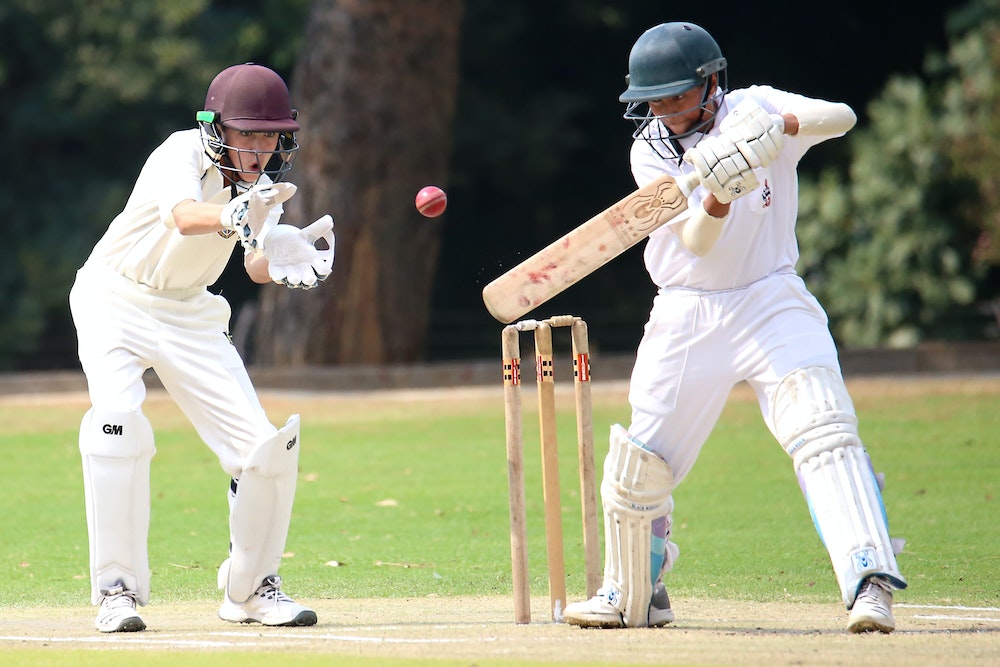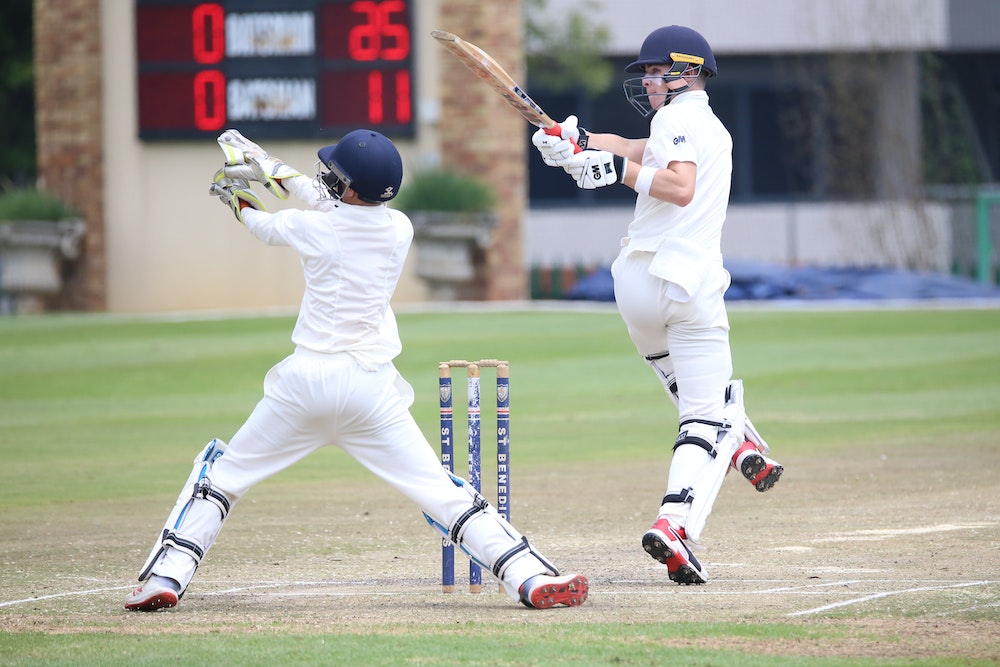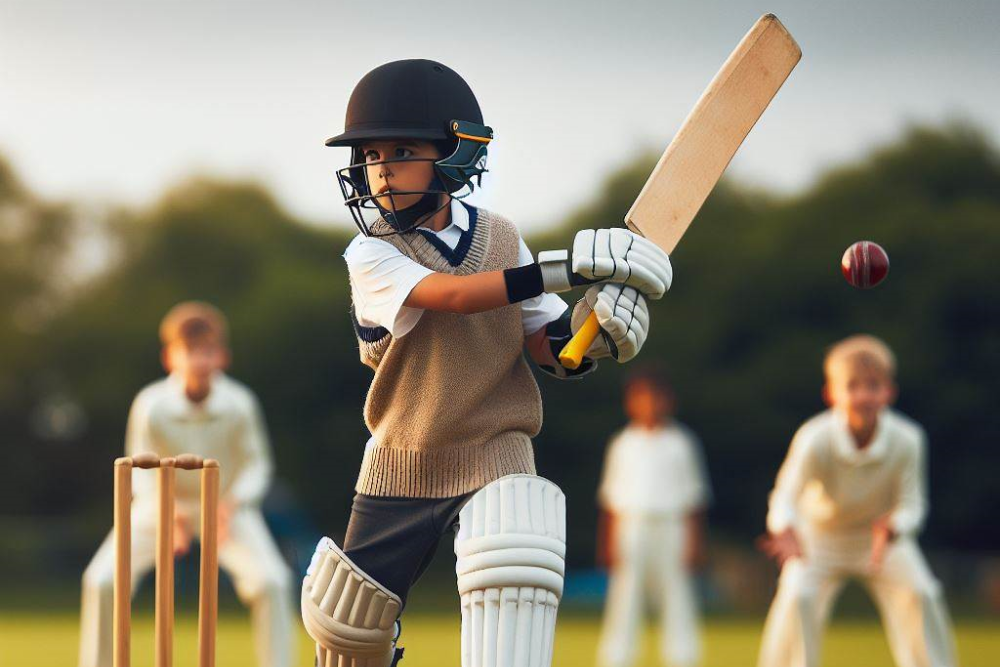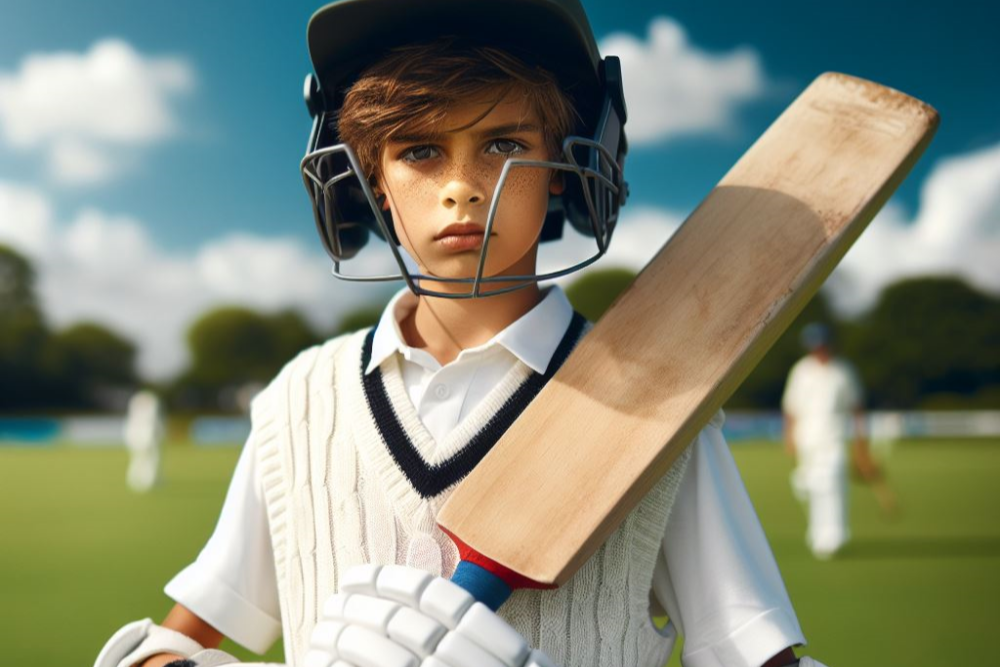
Cricket Skills and Drills for Young Players
Cricket is a popular sport enjoyed by people of all ages, and with the modern re-imagination of the game by platforms like Sixes Cricket, it has become even more accessible and enjoyable for the modern socialite, not just in the UK but also internationally, with venues like the one in Dallas, Texas. It is especially important to provide someone with excellent cricket skills and drills for young players to excel in the game.
This article aims to provide a comprehensive guide to cricket skills and drills for young players, incorporating insights from Sixes Cricket, which emphasizes the thrill and drama of the sport. With venues popping up all over the UK and even in the US, Sixes Cricket offers a unique experience for players. Here are some of the prominent Sixes Cricket venues:
- Brighton: Brighton i360, Lower Kings Road, Brighton BN1 2LN
- Fitzrovia: 170 Great Portland Street, Fitzrovia, London, W1W 5QB
- Fulham: 18 Farm Lane, Fulham, London, SW6 1PP
- Manchester: The Corn Exchange, Cathedral St., Manchester, M4 3TR
- Birmingham: 174-176 Wharfside St, Birmingham B1 1RN
- Leicester: Ground Floor, Rutland Centre, Halford St, Leicester, LE1 1TQ
- Trader Wembley: 87 Ealing Rd, Wembley HA0 4BD
- Dallas: 5750 Grandscape Blvd Ste 115, The Colony, TX 75056
By following these drills and honing their techniques, young cricketers can enhance their batting, bowling, fielding, wicket-keeping, fitness, and conditioning abilities. They will also learn tactical and strategic aspects of the game. Warm-up, cool-down, and team building activities will be emphasized for injury prevention and team cohesion. Finding high-quality cricket equipment for young cricketers will be discussed to ensure they have the necessary gear to excel in their training and matches.
Batting Drills for Young Cricketers

When it comes to honing batting skills for young cricketers, there are effective drills that enhance their technique and proficiency:
- Front Foot Drives: Improve the technique and timing of front foot drives. Young cricketers should practice positioning themselves correctly and making contact with the ball in front of their body.
- Back Foot Defensive Shots: Develop a strong defensive technique. Practice shifting weight onto the back foot and playing shots with a straight bat to protect the wicket.
- Cut Shots: Important for scoring runs on shorter pitches. Practice positioning correctly and aiming to hit the ball square of the wicket.
- Pull Shots: Hit short deliveries towards the leg side. Practice getting into position quickly, transferring weight onto the back foot, and executing the shot effectively.
- Sweep Shots: Valuable skill, especially against spin bowlers. Practice getting into position early, using wrists to control the shot, and executing the sweep effectively.
To get the most out of these batting drills, young cricketers should focus on repetition, attention to detail, and consistent practice. It is important to maintain a positive mindset and a strong work ethic to continuously improve batting skills.With platforms like Sixes Cricket, young players can experience the game in a new light, emphasizing fun, social interaction, and modern technology.
Bowling Drills for Young Cricketers
1. Line and length drill: Set up a target on the pitch and practice bowling to hit that target. This drill improves accuracy and control.
2. Yorker practice: Aim to bowl yorkers by targeting the base of the stumps. This skill is crucial for bowling in critical moments.
3. Variations drill: Develop different variations such as slower balls, bouncers, and cutters. Practice these variations to surprise the batsmen.
4. Concentration drill: Set up a specific field and practice bowling consistently. This drill improves focus and execution.
5. Run-up and delivery stride drill: Focus on a smooth and balanced run-up and delivery stride. This is essential for generating power and accuracy.
True story: A young cricketer named Sam struggled with bowling accuracy. He practiced the line and length drill daily and gradually improved his accuracy. Sam became a key bowler for his team, highlighting the importance of dedicated practice and drills in enhancing bowling skills for young cricketers.
Fielding Drills for Young Cricketers
When it comes to fielding drills for young cricketers, the focus should be on developing their agility, hand-eye coordination, and reflexes. Here are some effective drills to help young cricketers improve their fielding skills:
1. Reaction Ball Drill: Use a reaction ball to improve reflexes. Instruct players to get into a fielding position and throw the ball towards them. Players must react quickly and catch the ball.
2. Bucket Drill: Set up buckets at different distances and angles. Instruct players to field the ball and throw it accurately into the buckets. This drill improves throwing accuracy.
3. Catching Challenge: Set up two cones a few meters apart. Instruct players to partner up and face each other across the cones. One player throws the ball towards their partner, who must catch it cleanly. Increase difficulty by throwing the ball at different heights and angles.
4. Ground Fielding Drill: Place multiple cones or markers on the ground. Players must field the ball and throw it accurately to knock down as many cones as possible. This drill enhances ground fielding and throwing skills.
5. Backward Catching Drill: Instruct players to stand with their backs facing each other. One player throws the ball over their shoulder, and the other player must turn around and catch it. This drill improves players’ awareness and backward catching abilities.
By incorporating these fielding drills into training sessions, coaches can help young cricketers develop the necessary skills and techniques to become proficient fielders. Create a fun and engaging environment while conducting these drills to keep the young players motivated and enthusiastic about fielding.
Wicket-Keeping Drills for Young Cricketers

When teaching wicket-keeping drills to young cricketers, it is advisable to adhere to the following steps in order to enhance their skills:
1. Stance and positioning: Instruct the proper stance and positioning behind the stumps. Emphasize the significance of being low and balanced, with hands and fingers prepared.
2. Reactive catching: Conduct drills to enhance reflexes and hand-eye coordination. Use various deliveries to focus on swift movements and sharp catches.
3. Glove work: Improve technique by practicing clean catches with both hands and correct hand placement.
4. Footwork and agility: Emphasize the importance of quick lateral movements, hopping, and diving. Utilize drills that simulate game situations.
5. Throwing accuracy: Incorporate throwing drills to develop accuracy and speed. Encourage the wicket-keeper to consistently hit targets.
6. Communication skills: Teach effective communication with the bowler and fielders. Provide necessary information and guidance.
7. Match simulation: Create scenarios resembling real games where the wicket-keeper reacts to different deliveries, makes prompt decisions, and communicates with the fielders.
By following these wicket-keeping drills for young cricketers, they can enhance their skills and confidence as wicket-keepers. Offer feedback and support throughout the training process to encourage their development.
Cricket Skills and Drills for Young Players: Fitness and Conditioning
When it comes to the fitness and conditioning of young cricketers, it is important to incorporate a variety of drills that focus on different aspects of their physical development. Here are some effective fitness and conditioning drills for young cricketers:
1. Cardiovascular Endurance: Running and interval training exercises like shuttle runs and suicides improve cardiovascular endurance, necessary for stamina during long matches.
2. Speed and Agility: Ladder drills, cone drills, and shuttle runs enhance speed, quickness, and agility, allowing young cricketers to react swiftly on the field.
3. Strength Training: Squats, lunges, press-ups, and planks help young cricketers develop overall body strength, critical for power hitting and bowling.
4. Flexibility: Static stretches, dynamic stretches, and yoga poses improve flexibility, enabling young cricketers to perform cricket-specific movements with a wider range of motion and reducing the risk of injuries.
5. Core Stability: Sit-ups, Russian twists, and plank variations strengthen the core muscles, providing stability and power for batting, bowling, and fielding.
It is important to tailor these fitness and conditioning drills to the age and skill level of young cricketers. Supervision from a qualified coach or fitness professional is recommended to ensure proper technique, prevent injuries, and provide appropriate progressions as young cricketers improve their fitness levels. Incorporating these drills into regular training sessions will help young cricketers develop the physical attributes necessary for success on the cricket field.
Tactical and Strategic Drills for Young Cricketers
During cricket training for young players, it is essential to incorporate tactical and strategic drills. These drills aim to teach young cricketers the importance of positioning and anticipation while fielding, as well as proper techniques such as catching, throwing, and stopping the ball.
Young players can benefit from learning various strategies for bowling, including swing bowling, spin bowling, and variations in pace. Emphasizing accuracy and consistency in deliveries is crucial for their development.
To improve batting skills, young cricketers should be taught different shot selections based on the game situation. Engaging in practice drills that simulate match scenarios can enhance their decision-making and shot execution abilities.
Running between wickets is another aspect that requires comprehensive training. Practice drills focusing on quick singles, effective communication, and proper turning techniques help young cricketers acquire a thorough understanding of running between the wickets.
Field placement is an important element in cricket, and young players should learn about its significance. They should be taught how to position fielders based on the strengths and weaknesses of the opposing batsmen. Cultivating game awareness is crucial. Young cricketers should be trained to analyze the match situation, understand the strengths and weaknesses of both teams, and make tactical decisions accordingly.
An anecdote from a junior cricket match exemplifies the significance of tactical awareness and strategic thinking in cricket. With the home team needing 10 runs to win off the final over with only one wicket remaining, the captain made a strategic decision. The number 11 batsman, known for his powerful hitting, was promoted to bat fifth.
This decision surprised the opposition and forced them to alter their plans. The number 11 batsman, under mounting pressure, hit two sixes and a boundary, leading his team to an unexpected victory. This anecdote highlights the importance of tactical and strategic thinking in cricket.
Warm-up and Cool-down Drills for Young Cricketers

Warm-up and cool-down drills are crucial for young cricketers to prevent injuries and optimize performance. Here are some effective drills for their training routine:
– Start with dynamic stretches including lunges, high knees, arm circles, and leg swings. These exercises prepare the body for the physical demands of cricket and improve flexibility.
– Engage in cardiovascular exercises like jogging, skipping, or cycling for 5-10 minutes to raise the heart rate and warm up the muscles.
– Begin with gentle throws and gradually increase the intensity to enhance hand-eye coordination and warm up the throwing muscles.
– Set up cones or markers for agility drills that involve quick changes of direction, such as shuttle runs or ladder drills. This improves agility and helps prevent injuries on the field.
– Incorporate strength exercises like bodyweight squats, push-ups, and plank holds to activate and strengthen the muscles used in cricket.
After practice or a game, it is important for young cricketers to cool down and stretch to enhance recovery and reduce muscle soreness. Consider these cool-down drills:
– Hold static stretches for 20-30 seconds to lengthen the muscles and improve flexibility.
– Use a foam roller or massage ball to roll over tight muscles, focusing on areas such as the calves, quadriceps, and glutes.
– Gradually decrease the intensity of the activity through light jogging or walking to bring the heart rate back to normal and allow for gradual recovery.
– Ensure young cricketers replenish fluids lost during practice or a game by drinking water or a sports drink.
– Encourage young cricketers to reflect on their performance, set goals for improvement, and engage in relaxation techniques such as deep breathing.
Team Building Activities for Young Cricketers

When it comes to young cricketers, team building activities are crucial for their development and success. These activities foster camaraderie, unity, and important teamwork and communication skills. Sixes Cricket, with its various venues across the UK, offers a modern and engaging environment for these activities, enhancing the overall experience for young cricketers.
Trust-building exercises: Encourage young cricketers to participate in blindfolded obstacle courses or trust falls to enhance trust and dependability among teammates. The dynamic environment at Sixes Cricket venues like Brighton and Manchester, to name a few, can add an extra layer of challenge and excitement.
Team challenges: Engage in activities like escape rooms or treasure hunts to boost problem-solving, decision-making, collaboration, strategic thinking, and effective communication as a team. The unique settings of Sixes Cricket venues in Fitzrovia, Fulham, and Birmingham can provide a fresh backdrop for these challenges.
Leadership workshops: Provide opportunities for young cricketers to develop leadership skills through workshops focused on qualities and responsibilities of a leader. Sixes Cricket venues, including Leicester and Trader Wembley, can serve as ideal locations for such workshops, given their modern and interactive setup.
Communication drills: Improve communication skills through relay games or blindfolded ball passing, which require clear and concise communication for effective teamwork on the field. The state-of-the-art facilities at Sixes Cricket venues can amplify the learning experience.
Team-building games: Incorporate fun games like tug of war, sack races, or team quizzes to foster competitiveness, teamwork, and bonding, building strong relationships and a positive team dynamic. The vibrant atmosphere at Sixes Cricket venues can make these games even more enjoyable.
By incorporating these team building activities, especially at the various Sixes Cricket venues, coaches and mentors can nurture young cricketers’ abilities beyond skills and drills. They will learn the importance of collaboration, trust, communication, and leadership, valuable qualities on and off the cricket field.
What Equipment Do Young Cricketers Need?

When playing cricket, young cricketers require specific equipment for safety and skill enhancement. So, what equipment do young cricketers need? Here is a list of essential equipment:
- Cricket Bat: A high-quality cricket bat is essential for batting. It should be the correct size and weight for the young cricketer’s age and strength.
- Cricket Ball: Cricket balls come in various sizes and materials. Young cricketers should start with soft balls to minimize the risk of injury and then progress to hard cricket balls as they improve.
- Leg Pads: Leg pads, also known as batting pads, protect the legs while batting. They should fit well and offer sufficient protection.
- Batting Gloves: Batting gloves protect the hands and improve grip on the bat. Young cricketers should use gloves that fit comfortably and allow for unrestricted finger movement.
- Helmet: A helmet is essential for head protection while batting or fielding close to the wicket. It should fit securely and meet safety standards.
- Thigh Guard: This protective gear is worn on the front leg to safeguard the thigh area while batting.
These are the fundamental equipment that young cricketers should start with. As they progress, they may require additional equipment such as wicket-keeping gloves, arm guards, and chest protectors. Regularly checking and maintaining the equipment is crucial for effectiveness and safety.





